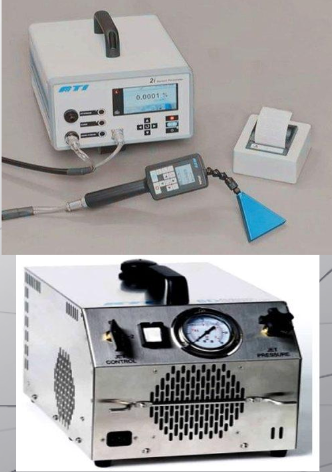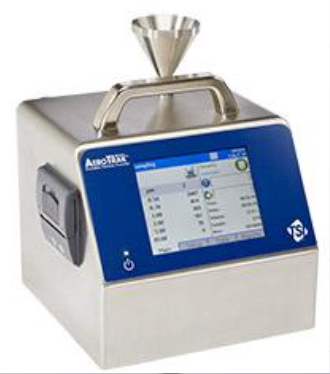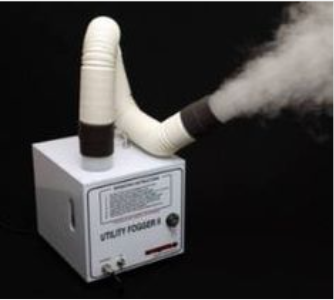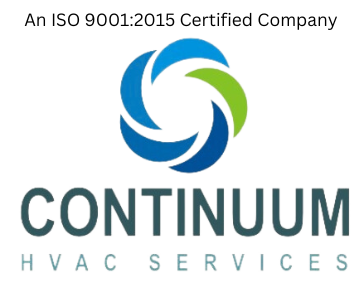We provide and execute range of services to HVAC validation by our expert professionals available with us. Continuum performs the HVAC validations as per ISO 14644, EU cGMP, US Federal Standard 209E, USFDA ,Schedule M (National Regulatory Body), WHO Geneva, TGA (Australia), European (EMEA), MHRA (European Countries) guidelines for all room classifications.
Following Test In Clean Room And HVAC Validation
Air Velocity Test And Calculation of ACPH
The purpose of these tests is to measure airflow velocity and uniformity, and supply airflow rate in cleanrooms and clean zones. Measurement of velocity distribution is necessary in unidirectional airflow cleanrooms and clean zones, and supply airflow rate in non-unidirectional cleanrooms. Measurement of supply airflow rate is. carried out to ascertain the air volume supplied to the clean installation per unit of time, and this value can also be used to determine the air changes per unit of time. The supply airflow rate is measured either downstream of final filters or in air supply ducts; both methods rely upon measurement of velocity of air passing through a known area, the airflow rate being the product of velocity and area. The choice of procedure should be agreed between customer and supplier. These tests are applicable in all three of the designated occupancy states.


Air Balancing
Installed HEPA Filter Leakage (Integrity) Testing – DOP / PAO Test


Non Viable Particle Count Test
Recovery Test


Air Flow Pattern test (Smoke Study)
Light Intensity Testing
Sound Level Testing


Contamination Leak Test
This test is performed to determine if there is intrusion of unfiltered air into the cleanroom or clean zone(s) from outside the cleanroom or clean zone enclosure(s) through joints, seams, doorways and pressurized ceilings.





